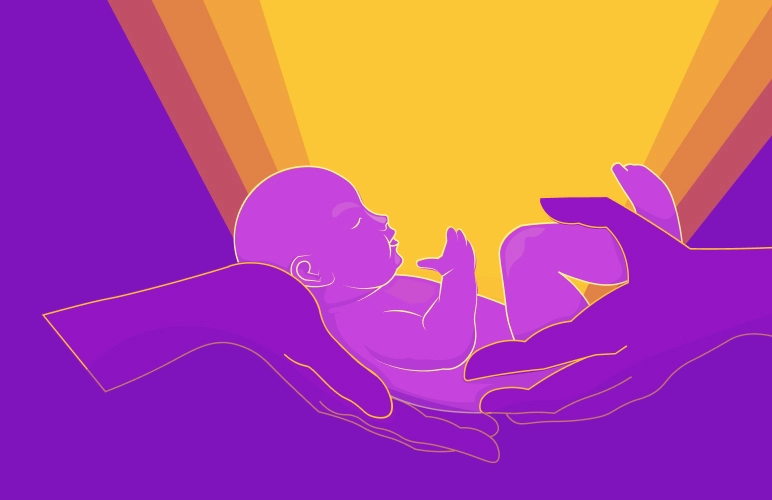How long does birth last and what are the periods of birth?
The first period - Latent stage of Labour
The latent stage of labour is where your cervix starts to soften and open (dilate) so your baby can be born.You may begin to feel irregular contractions, but it can take many hours, or even days, before you're in established active labour. It's usually the longest stage of labour.
At this stage, your contractions may range from being slightly uncomfortable to more painful. There’s no set pattern to how many contractions you get or how long they last.
During the latent stage, it's a good idea to have something to eat and drink because you'll need energy for when labour is established.
If your latent stage of labour starts at night, try to stay comfortable and relaxed. Sleep if you can. If your latent stage of labour starts during the day, stay upright and gently active. This helps your baby move down into your pelvis and helps your cervix to dilate.
Breathing exercises, massage and having a warm bath or shower may help ease pain during this early stage of labour.
The second period of birth- active phase of labour
Begins with the appearance of regular uterine contractions, and when the cervix is open 3-4 cm. Contractions are felt like sensations of tension or pain that come from the uterus.
The active phase ends with the complete opening of the cervix, when the baby's head can pass. This period has a duration of 8-10 hours for pregnant women who give birth for the first time and of 6-8 hours for those who are giving birth repeatedly, it must not exceed 15 hours in total.
The third period of birth - the birth of your baby starts from the moment of the complete opening of the cervix and ends with the birth of the child. This period is short, lasting 1-2 hours for pregnant women who give birth for the first time and from a few minutes (5-10) to 1 hour for those who are in repeated birth. This period is the one that requires the greatest amount of energy, several times more than the energy used during labor.
It is important to know that when the baby descends through the birth canal and presses on the nerve endings, the contractions are accompanied by a pushing sensation - Women need to push to accompany the contractions of the uterus. This will help the baby to go out of the uterus.
The fourth period of birth - the period of delivery (expulsion) of the placenta begins immediately after the birth of the baby and ends with the expulsion of the placenta and its appendages from the uterine cavity. This period is called delivery.
After the birth of the baby, some measures could be initiated, such as the intramuscular injection of oxytocin, necessary for the prevention of postpartum bleeding.
The duration of the delivery period is from 10 to 30 minutes, there are no differences between women who give birth for the first time or after repeated birth. The doctor will check the placenta to make sure that it is whole. Then the birth canal will be examined, to make sure that injuries are not present.











